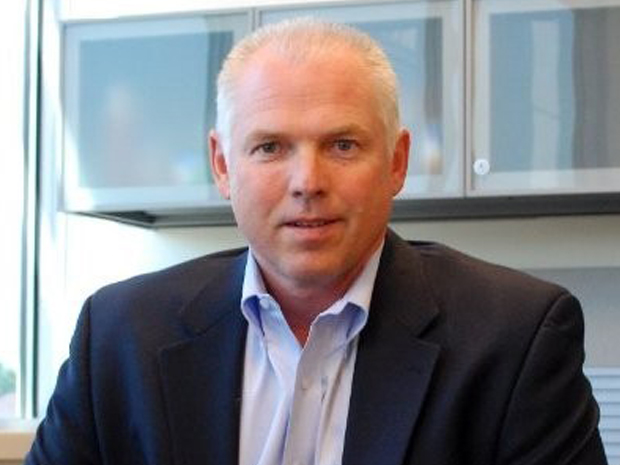Private equity firms executing carve-outs in the middle market have the same primary objective as with all their portfolio companies: optimize exit price within a limited time frame. For carve-outs, that means breaking free of transition services agreements (TSA) as quickly as possible to position the stand-alone company for long-term success.
High Contrast
Success begins with the following three step recipe: negotiate the right terms pre-LOI, remove dependencies on TSA post-close and optimize for growth post-TSA.
Carve-out project components
The earlier that private equity firms start the clock, the faster they can achieve success. Regardless of the timeline, carve-out execution projects have five core components:
- Project mobilization
- Synergy and integration planning analysis
- Development of solutions and business case preparation
- Detailed design of implementation plan
- Implementation
Throughout the process, effective project management as well as communication and change enablement are a must. The critical elements of project management—managing risk, budget and time control, as well as scope and expectations—may overly burden internal team leaders who have other responsibilities. The PMO should be in place to provide overall transition structure and management, bring decisions and roadblocks to the steering committee, and oversee various project teams.
Education, communication and empowerment are all important transition agents to defusing pushback, and often require an outside resource that can serve as part of the transition team and as an advisory team to management, as well as assist with implementation.
To save time and effort, integrate project management as much as possible. Beyond technology, the carve-out may need some level of advisory from the chief financial officer (CFO) as well as process improvement support, financial transaction accounting, risk advisory services and other assistance.
Investing in the right outside resources
A holistic approach to carve-out execution requires a depth of capability and capacity that private equity firms may not have on staff. Operating partners with brilliant strategic insights and process improvement experience may need help sorting through the details (for example, the amount of wiring needed to put in a new phone system) and providing the necessary level of support to the internal management team, including the CFO.
Private equity sponsors who are unable to dedicate their own resources throughout the carve-out should invest in an outside provider that offers a full suite of services and can coordinate internally, resulting in one point of contact for the entire process.
Too many suppliers can lead to things falling through the cracks, whereas a single provider can think through the interdependencies of different items. For instance, a provider focused solely on implementing the technology platform may not consider whether the company needs fewer point of sale (POS) systems or warehouses following the carve-out, much less the potential risk and compliance issues involved. A provider focused on handling all of the carve-out needs, in contrast, will be proactive toward streamlining wherever possible, addressing potential issues and communicating to all the relevant teams.
Choose a provider that understands the nuances of carve-outs as well as the private equity business model and general partners’ priorities.
Conclusion
A three-phase approach with a holistic view toward optimizing value will help ensure the carve-out increases shareholder value. An early start, an appropriate degree of upfront investment and the right project management team will prevent post-close surprises, reduce risk, cut TSA costs and allow for more support to the areas instrumental to the company’s long-term success.


